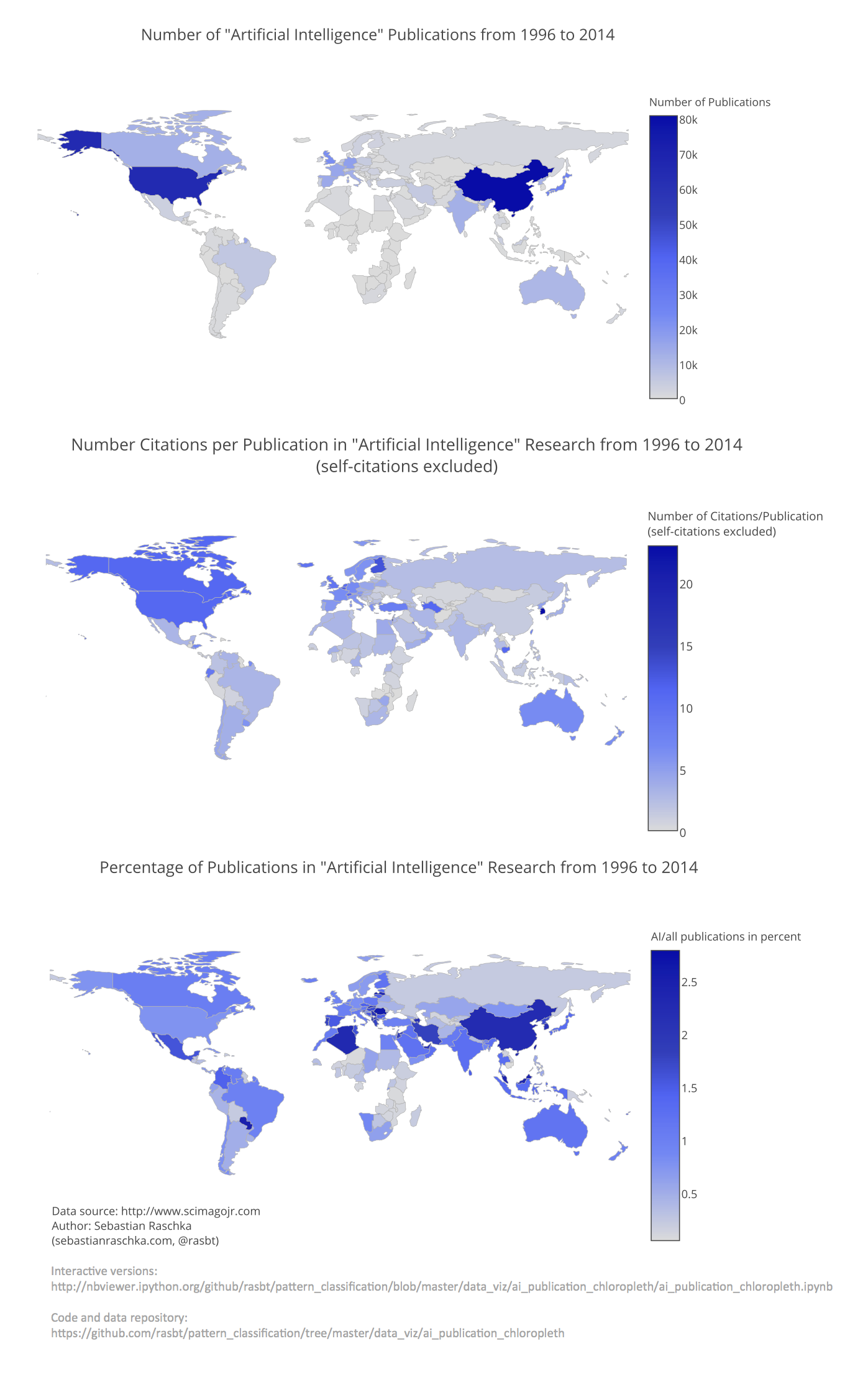Pattern Classification, 2nd Edition Wiley The first edition, published in 1973, has become a classic reference in the field. Now with the second edition, readers will find information on key new topics such as neural networks and statistical pattern recognition, the theory of machine learning, and the theory of invariances. Pattern Classification Problems Converting an Image.Camera captures an image.Image needs to be converted to a form that can be processed by the Neural Network. While endocervical adenocarcinoma is comprised of several histological subtypes, the most common subtype is human papillomavirus-associated usual type, and management of these tumours is primarily determined by FIGO (International Federation of Gynecology and Obstetrics) stage, a clinically based st.
Design patterns differ by their complexity, level of detail and scale of applicability to the entire system being designed. I like the analogy to road construction: you can make an intersection safer by either installing some traffic lights or building an entire multi-level interchange with underground passages for pedestrians.
The most basic and low-level patterns are often called idioms. They usually apply only to a single programming language.
The most universal and high-level patterns are architectural patterns. Developers can implement these patterns in virtually any language. Unlike other patterns, they can be used to design the architecture of an entire application.
Pattern Classification Book
In addition, all patterns can be categorized by their intent, or purpose. This book covers three main groups of patterns:

Pattern Classification Ppt
Creational patterns provide object creation mechanisms that increase flexibility and reuse of existing code.
Structural patterns explain how to assemble objects and classes into larger structures, while keeping the structures flexible and efficient.
Behavioral patterns take care of effective communication and the assignment of responsibilities between objects.
